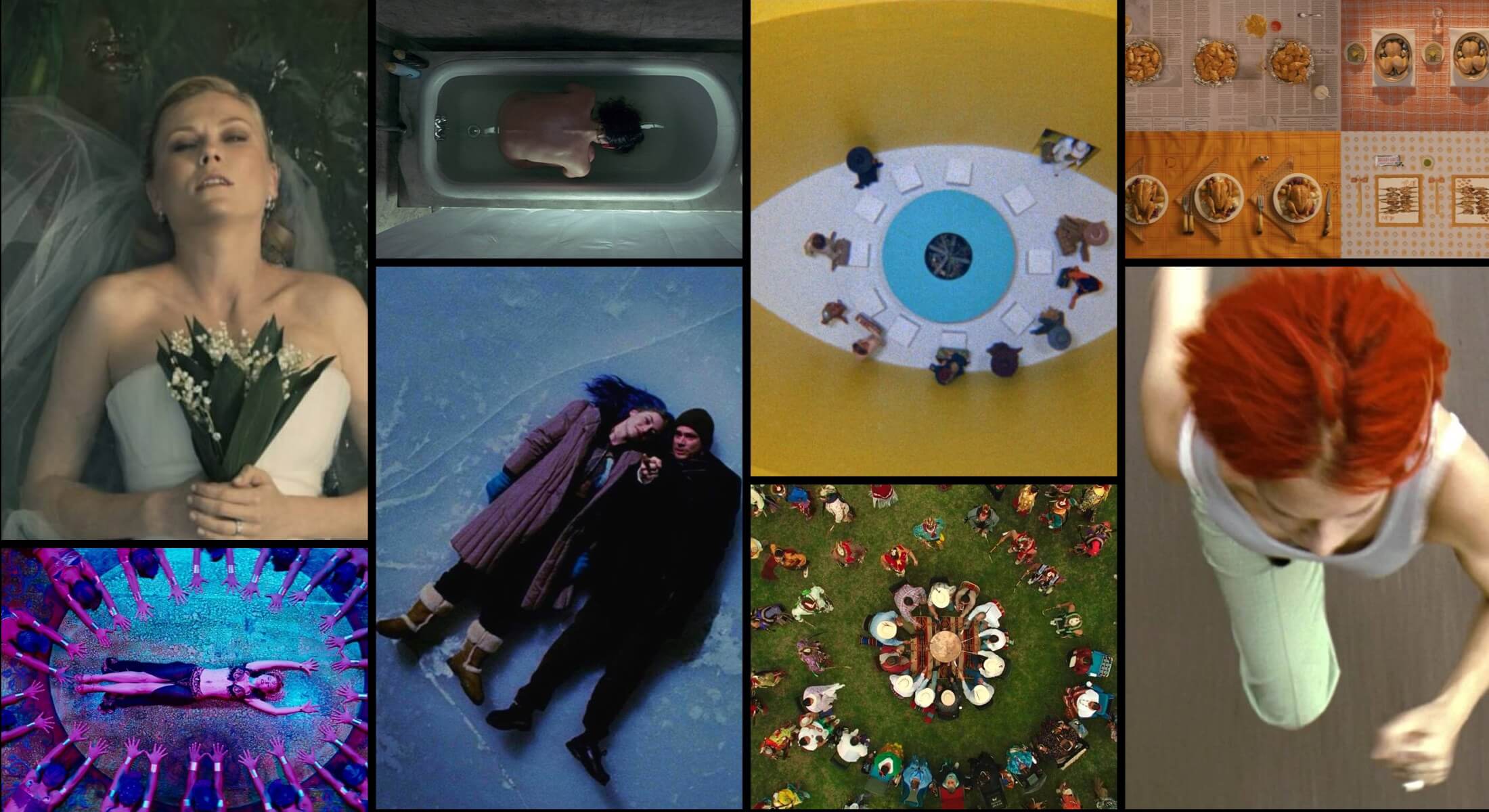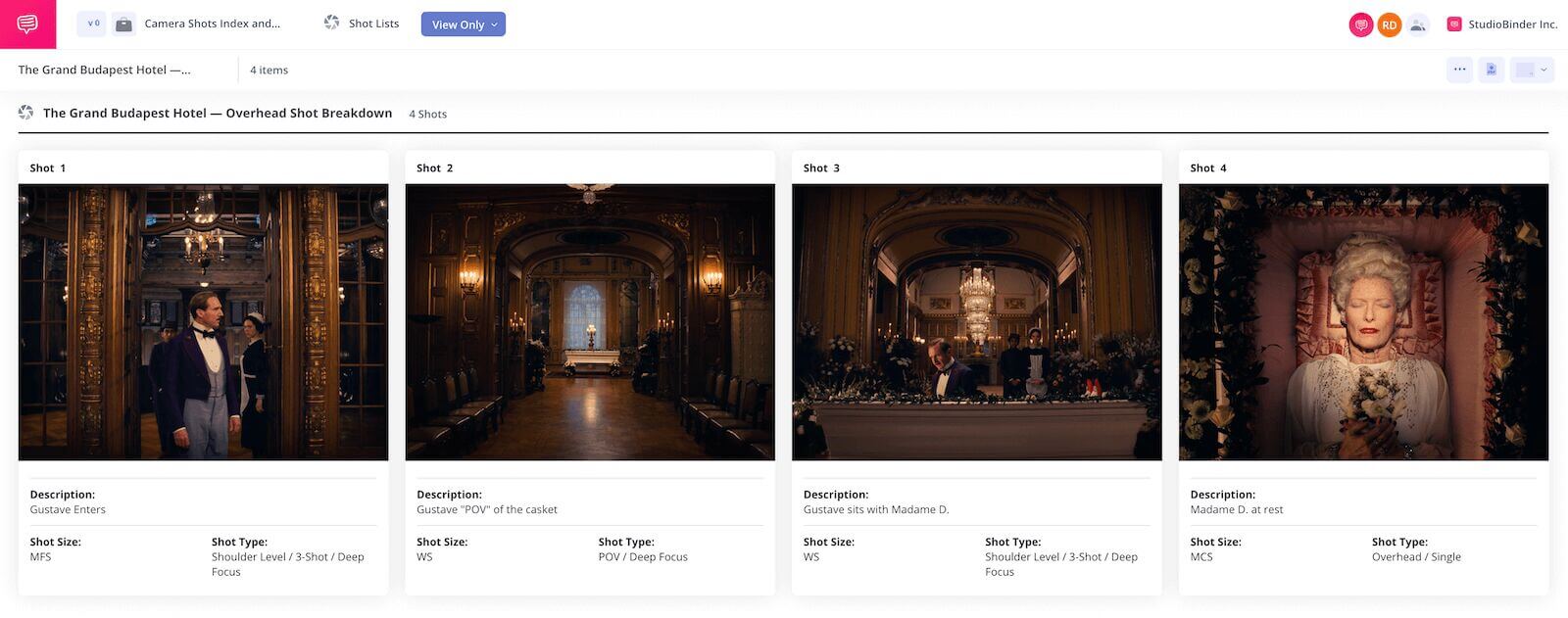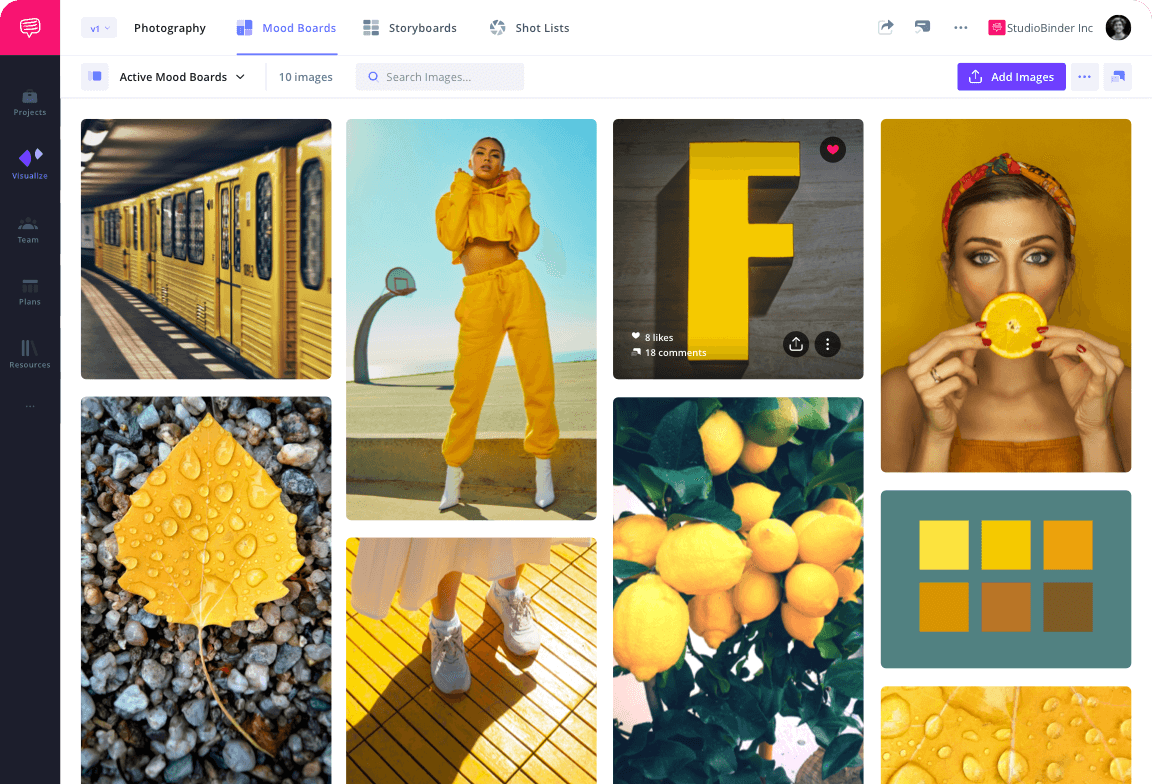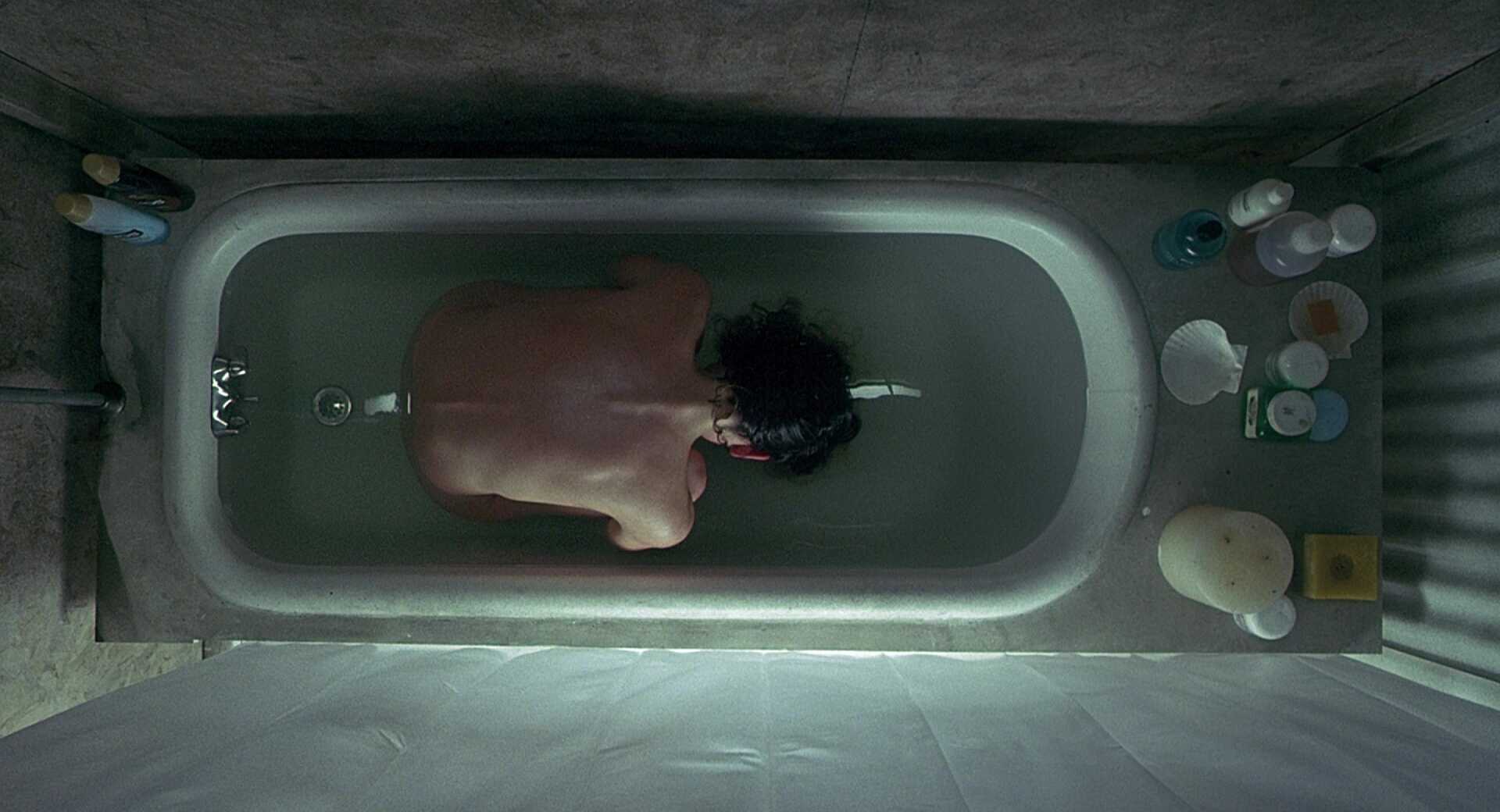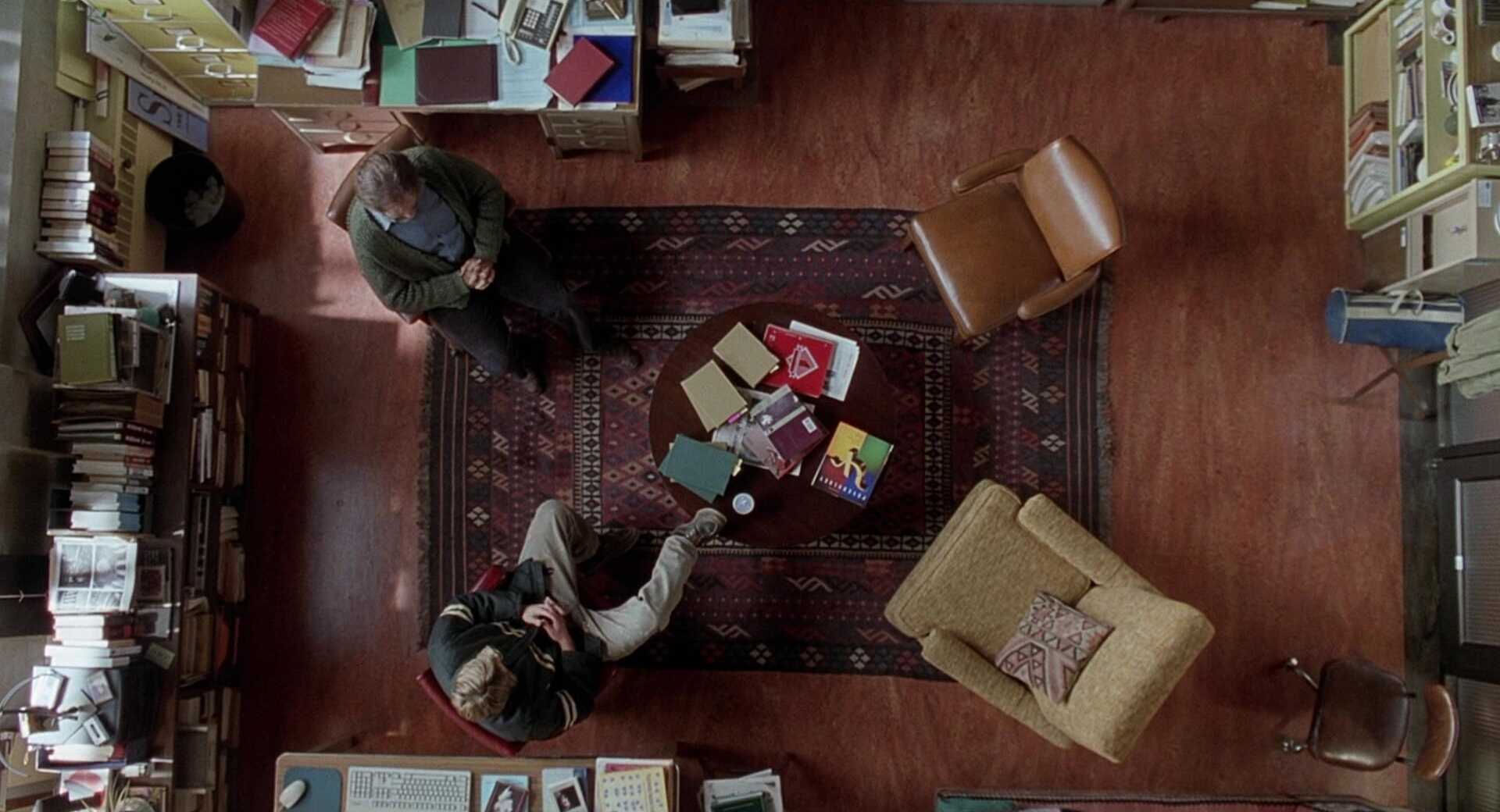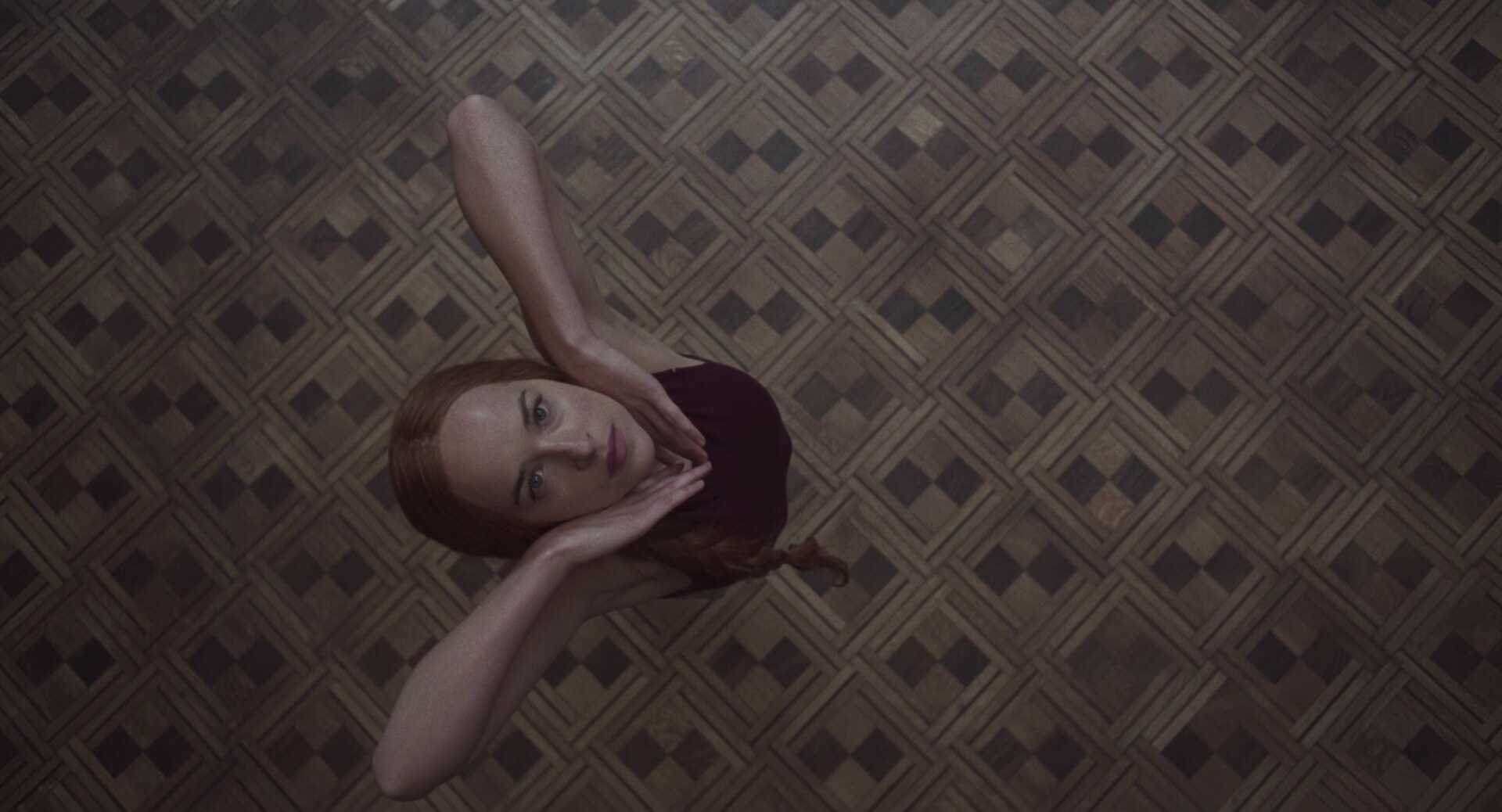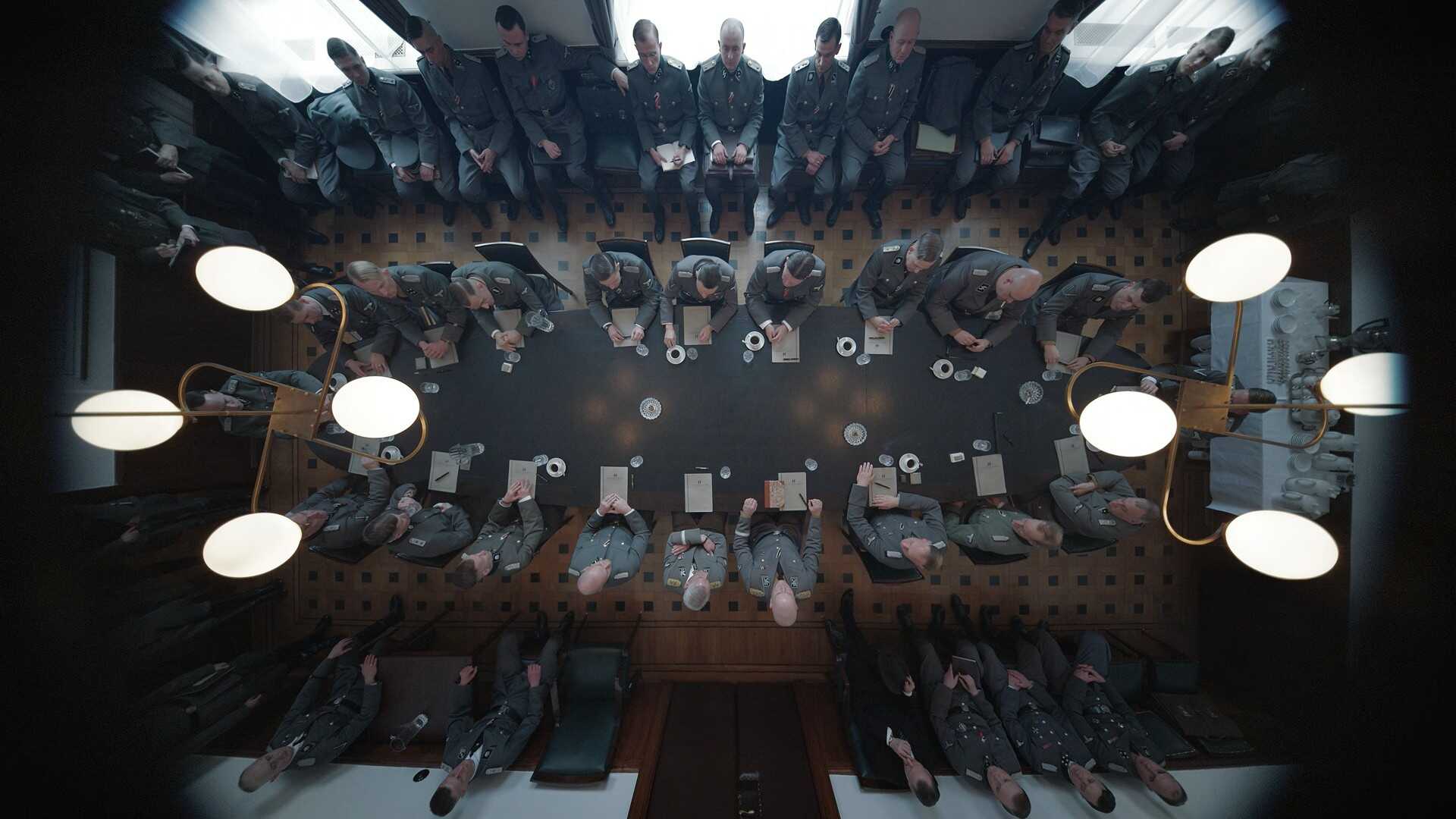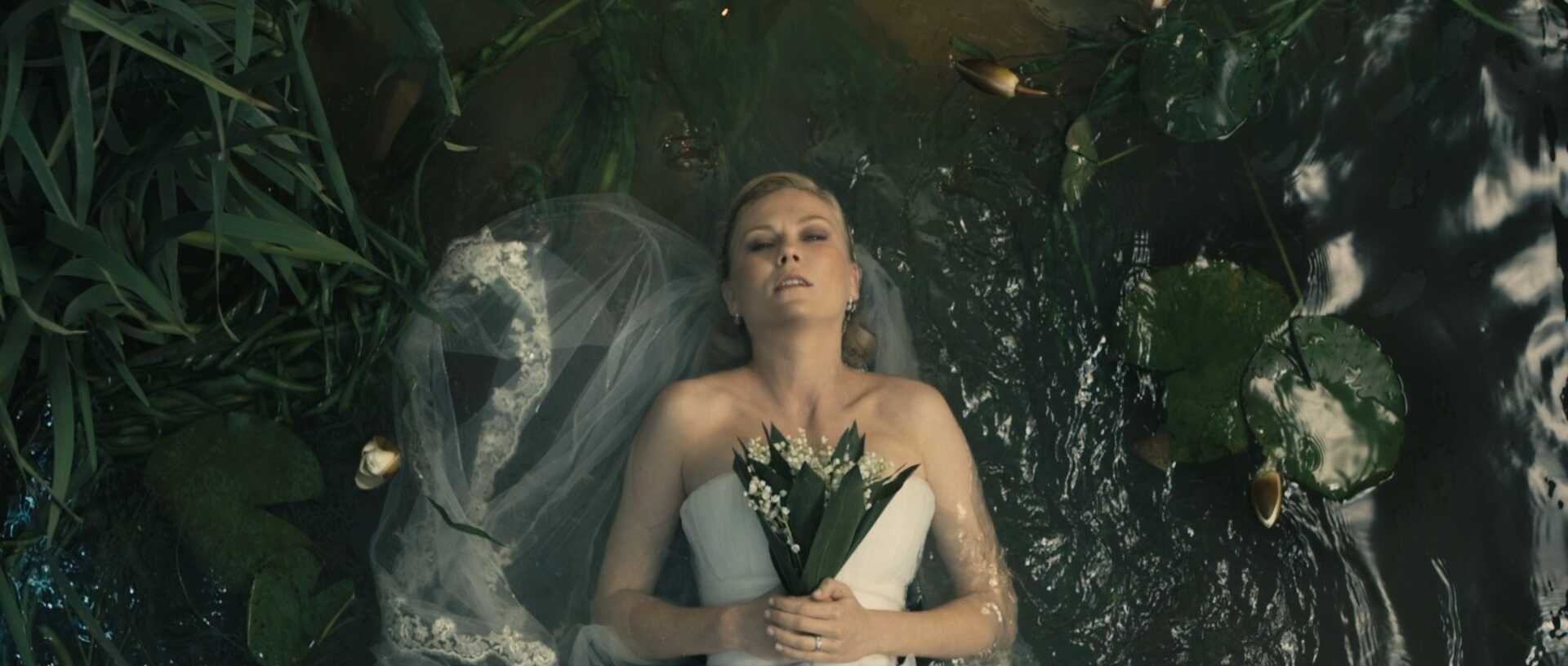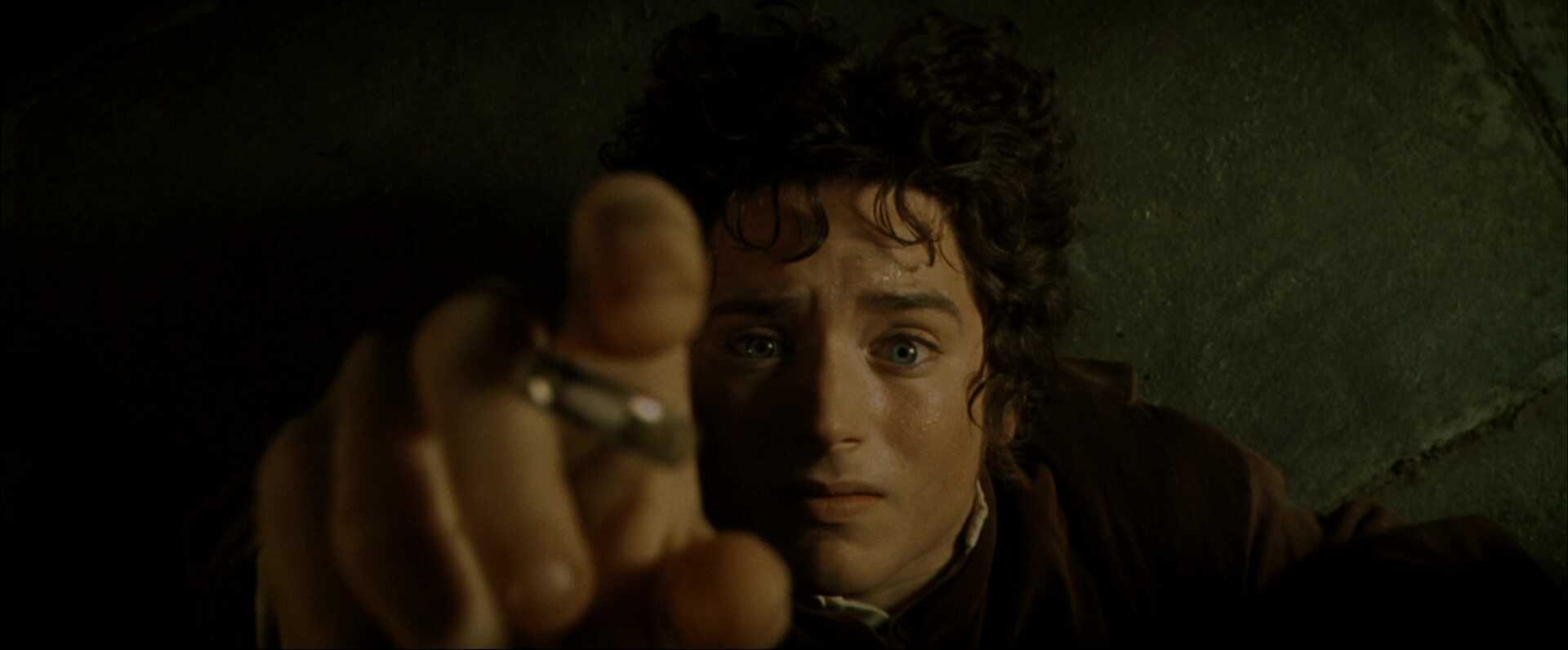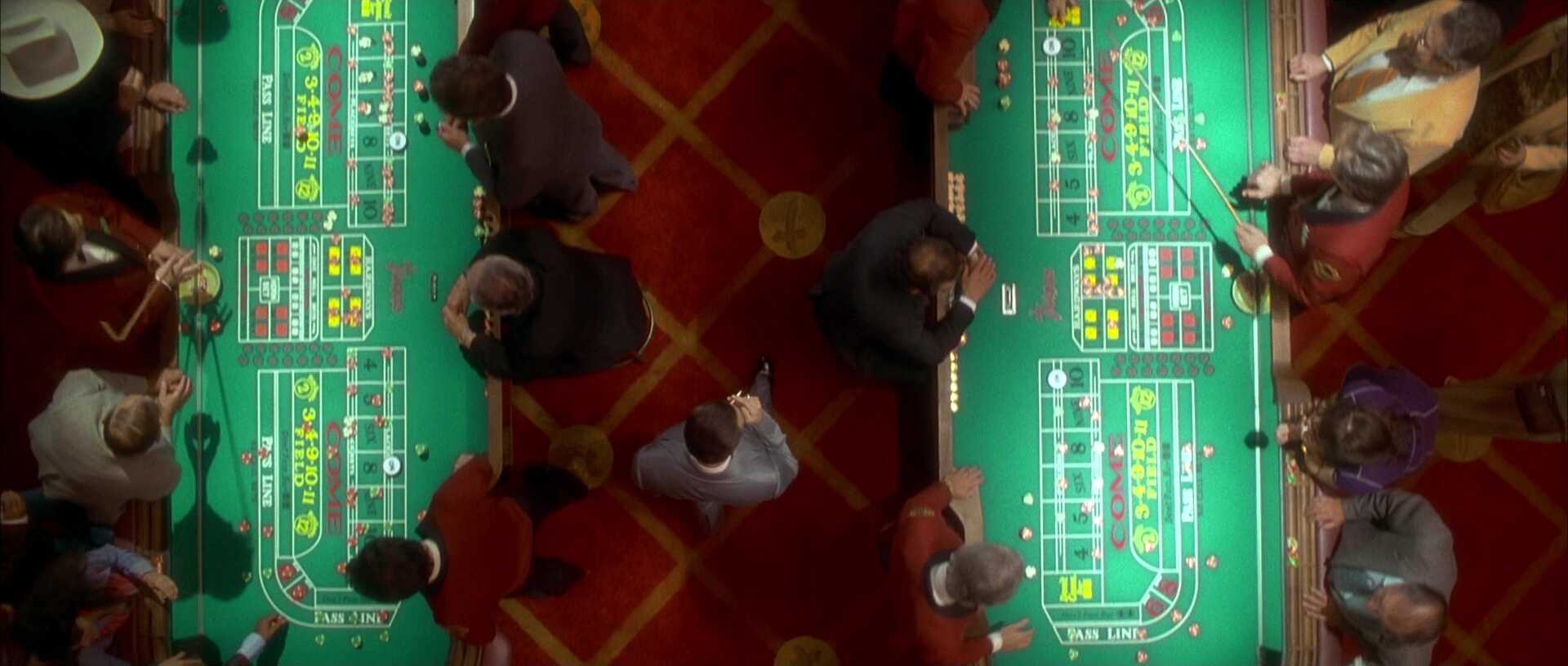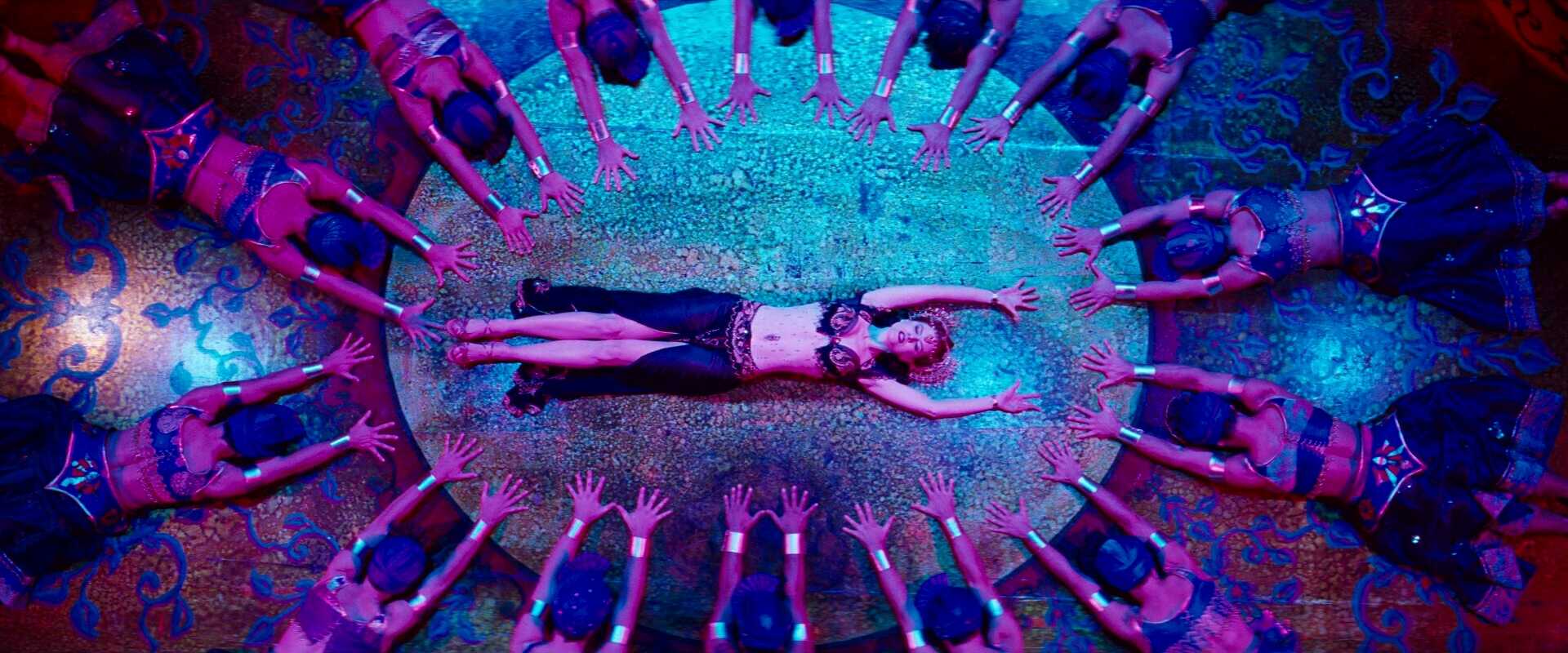home → Camera Angles → Overhead Shot
Overhead shot definition
What is an overhead shot?
An overhead shot is a camera angle where the camera is positioned directly above the subject, looking straight down. Also known as a birds-eye view shot, this top-down perspective can be used to create a sense of detachment or visual abstraction.
For a deeper look at this technique, check out our breakdown of the overhead shot, including more examples and detailed analysis.
Filming overhead shots
Overhead shot examples
Before we dive into how overhead shots function within a scene, it’s beneficial to observe them in practice. Take a peak at this curated collection of overhead shots to see how they’re used visually, and narratively, across different films.
Suggests powerlessness
Emphasizes spatial relationships
Provides a removed viewpoint
Flattens depth for an abstract effect
Usages
What does an overhead shot do?
Overhead shots are a powerful visual tool across film, photography, music videos, and commercials. By placing the camera directly above the subject, a filmmaker can offer a detached perspective that can evoke a variety of feelings. Because it is so noticeable, the overhead shot can shape how the audience interprets space, setting, and power dynamics.
Here are a few ways it can be used to tell a story:
Isolation
Character A is seen from above with a decent amount of empty space around them. The overhead angle emphasizes their solitude.
Vulnerability
When a character is overwhelmed or powerless, viewing them from above makes them appear small and defenseless.
Surveillance
The god-like vantage point can suggest that the character is being watched or manipulated, adding a layer of tension or omnipresence.
Order or Chaos
Overhead shots can reveal patterns or disarray in a setting, visually reinforcing themes hinted at by a story’s environment.
Overhead shot angle differences
High angle vs overhead shot
High angle shots and overhead shots are sometimes mixed up since both involve looking down on the subject. But there are some key differences between the terms.
A high angle shot can be taken from slightly above the subject, angled downward, and typically suggests weakness or inferiority. An overhead shot, on the other hand, is taken from directly above. The relationship between the terms is a bit like rectangles and squares. All overheads are technically high angle shots, but not all high angle shots are overheads.
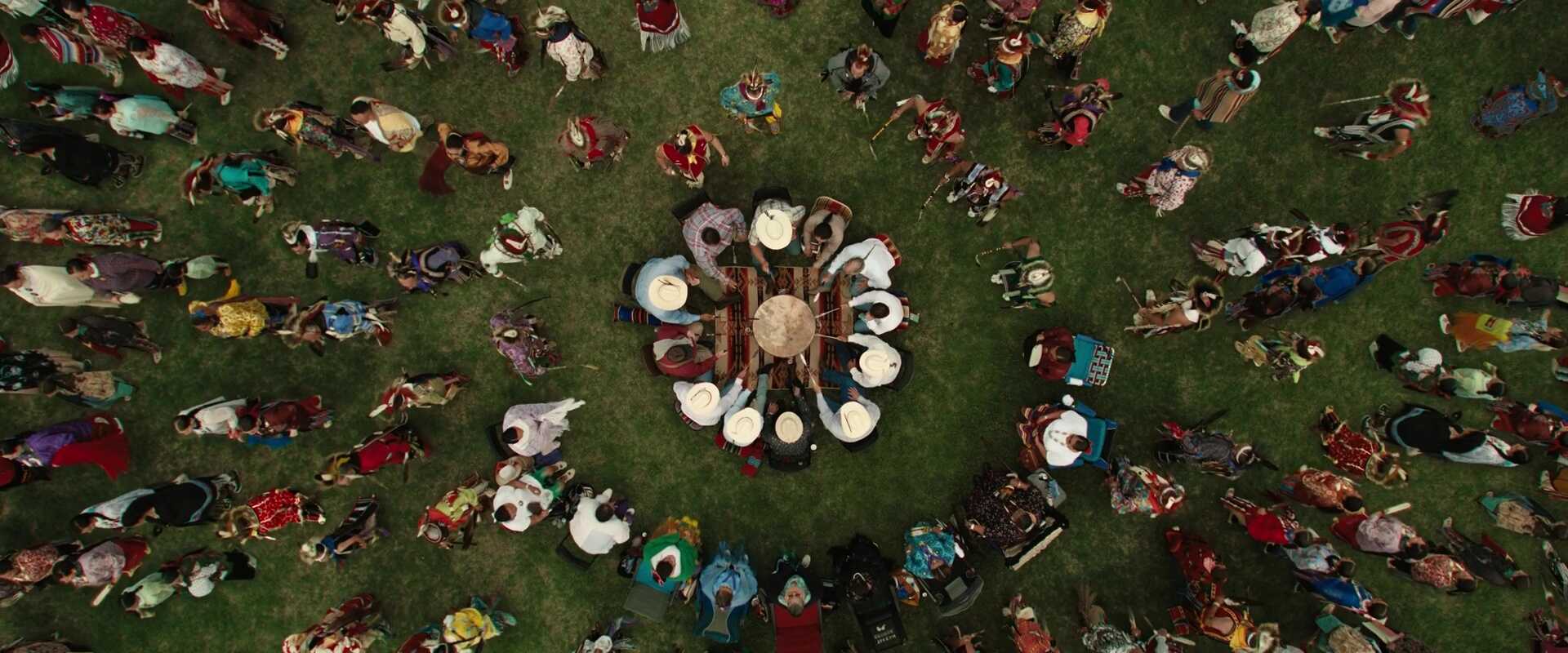
Case Study
Shot listing an overhead shot
So how can overhead shots be used in scenes? To answer this question, let’s look at the iconic use of an overhead in The Grand Budapest Hotel. In this scene, Gustave visits Madame D. in her casket and offers his farewell.
Click the shot list below to take a closer look at the entire scene. How is the overhead worked in? What purpose is it serving?
There’s no one-size-fits-all approach to using an overhead shot. It may be stylized, but it’s a highly flexible tool.
Let’s take a look at the various ways this top-down perspective can enhance visual storytelling.
Creative combinations
How can you combine an overhead shot with other camera techniques?
How to pair an overhead shot
Overhead shots are just one of many tools in a filmmaker’s visual toolkit, and like all techniques, they don’t need to be used alone. When combined with other techniques, they unlock new layers of meaning and emotion. Here’s how overhead shots can interact with other cinematic techniques:
- Close-Up: An overhead close-up offers a unique, sometimes unsettling view of a character’s face or body.
- Crane Shot: Using a crane to achieve an overhead view allows for smooth, sweeping movements that can reveal scale or create dramatic spatial shifts.
- Drone Shot: A drone provides a high-altitude overhead shot that can track movement over large areas. Note that this is often dubbed an aerial shot.
- Tracking: Tracking a subject from directly above can highlight movement patterns and reinforce choreography.
- Zoom: A zoom within an overhead shot can shift focus from the macro to the micro, directing the viewer’s attention.
- Wide Shot: An overhead wide shot shows how a subject fits into their environment, emphasizing patterns in a setting.
- Tilt: Tilting into or out of an overhead position can gradually shift tone and perspective.
Frequently asked questions about the overhead shot
Overhead shots are done by placing the camera directly above the subject, facing straight down. This can be achieved using gear like boom arms, ceiling mounts, cranes, or drones.
To film an overhead shot, keep the camera at a 90-degree angle above the subject. Plan lighting carefully to avoid casting unwanted shadows.
An overhead shot can make the audience feel distant from the subject or scene. It can also suggest:
Emotional detachment
Insignificance
A sense of fate or surveillance
A broader perspective
